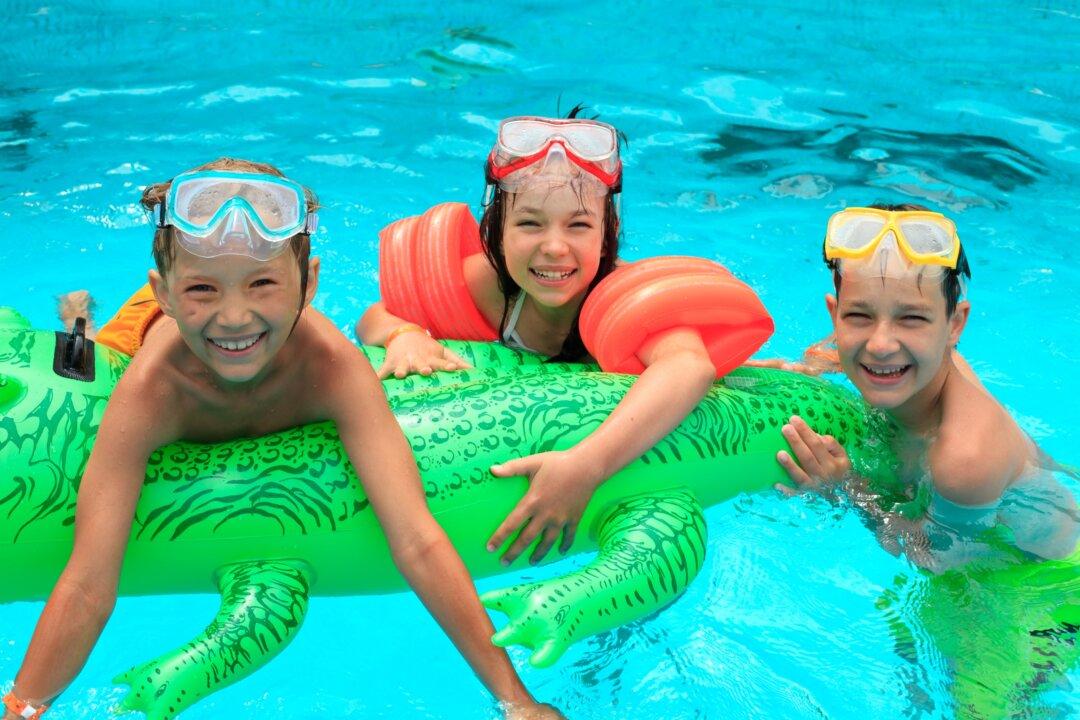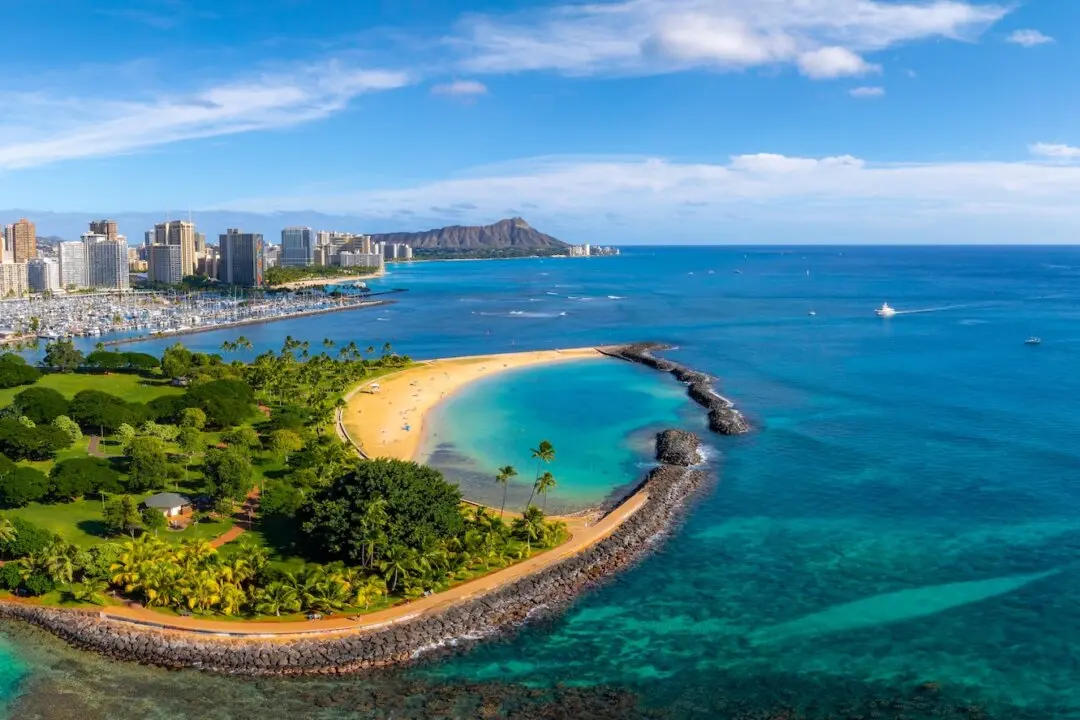Who is the designated water watcher?
Huh? According to the American Red Cross, the water watcher is the adult (or teen 16 and older) who ideally knows CPR, and is watching the kids in the water—not reading, texting, chatting or sipping a frothy cocktail at the same time. That said, they also need a working phone in case they need to call 9-1-1 and some sort of flotation device that can be used in a rescue.





